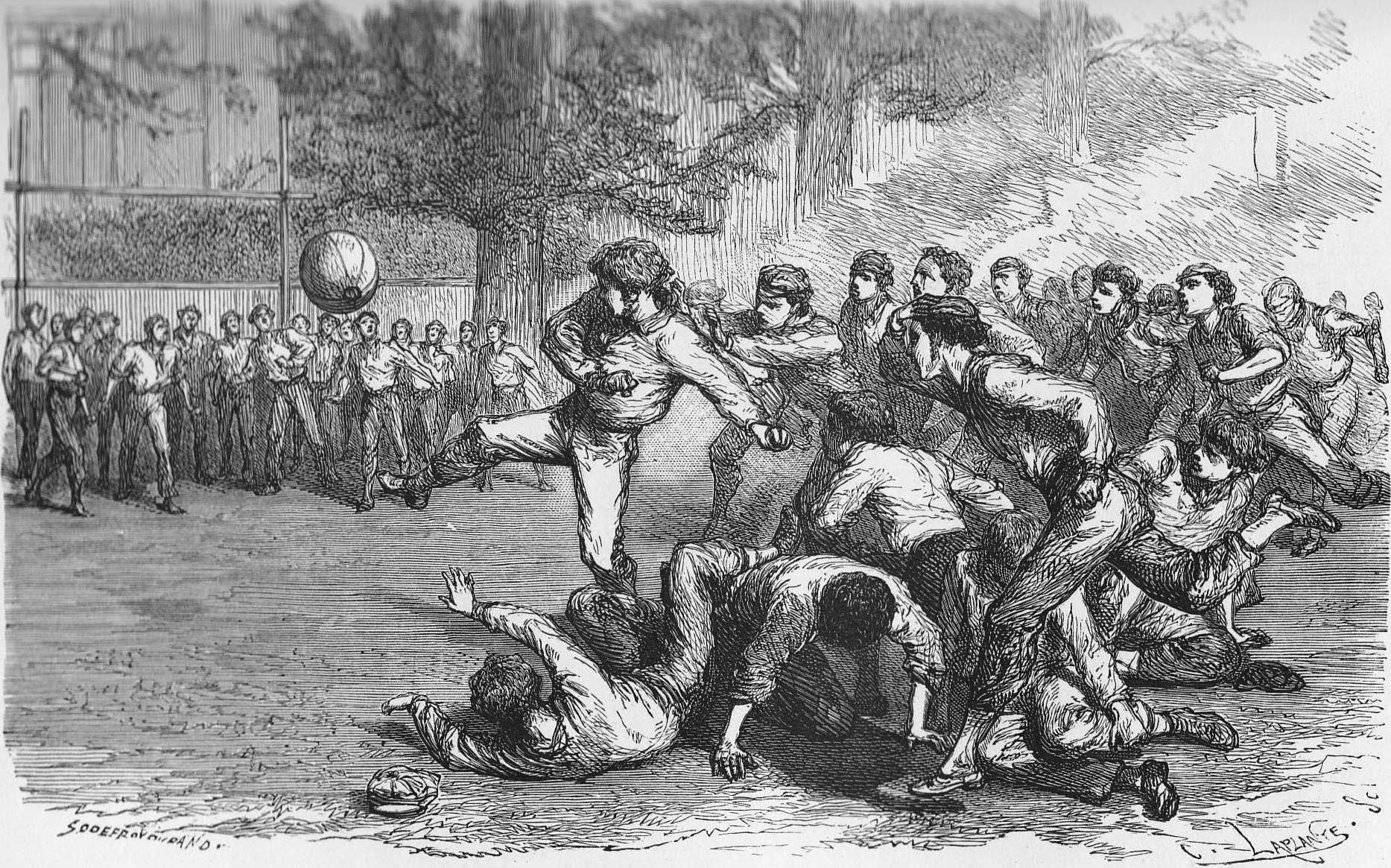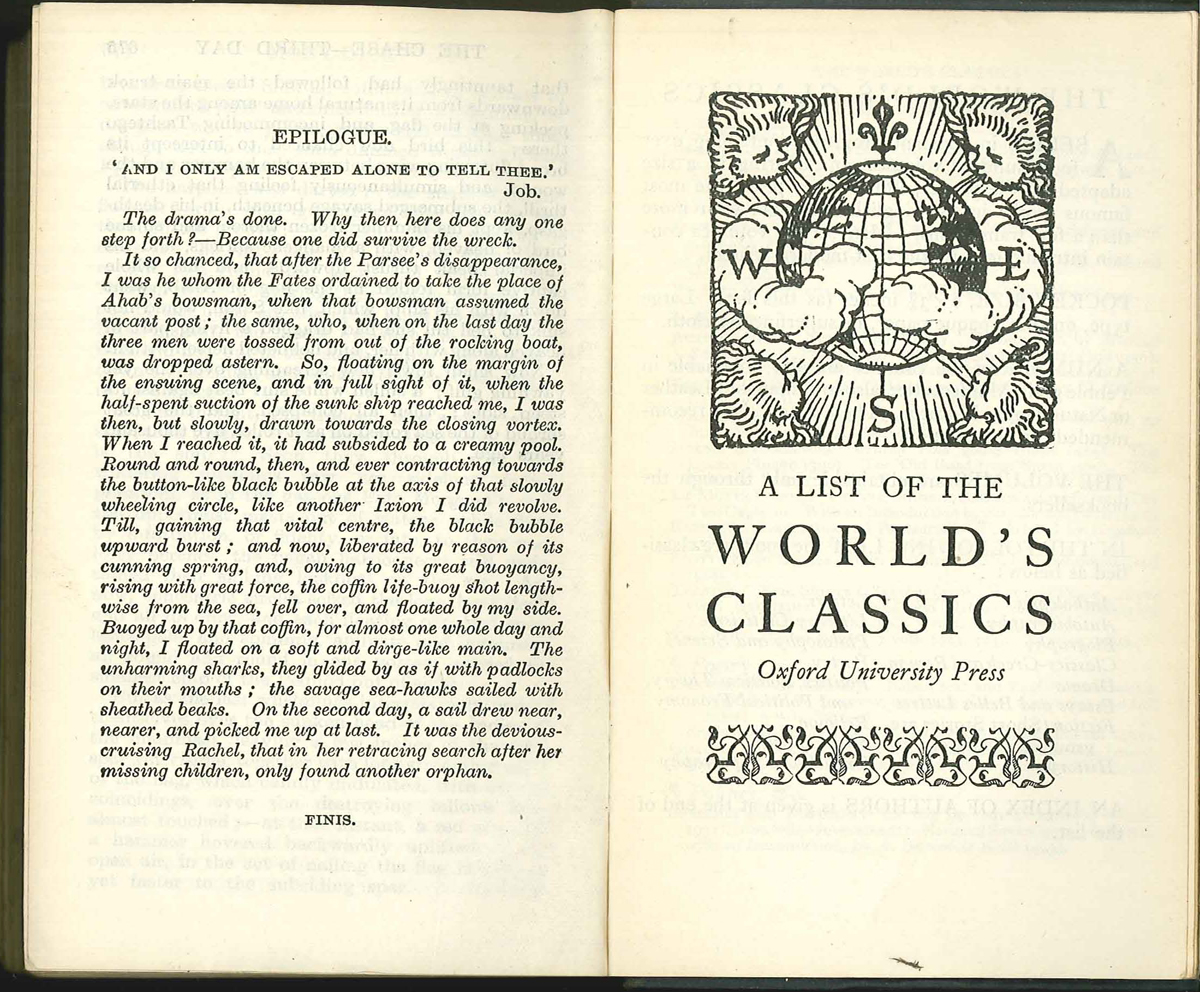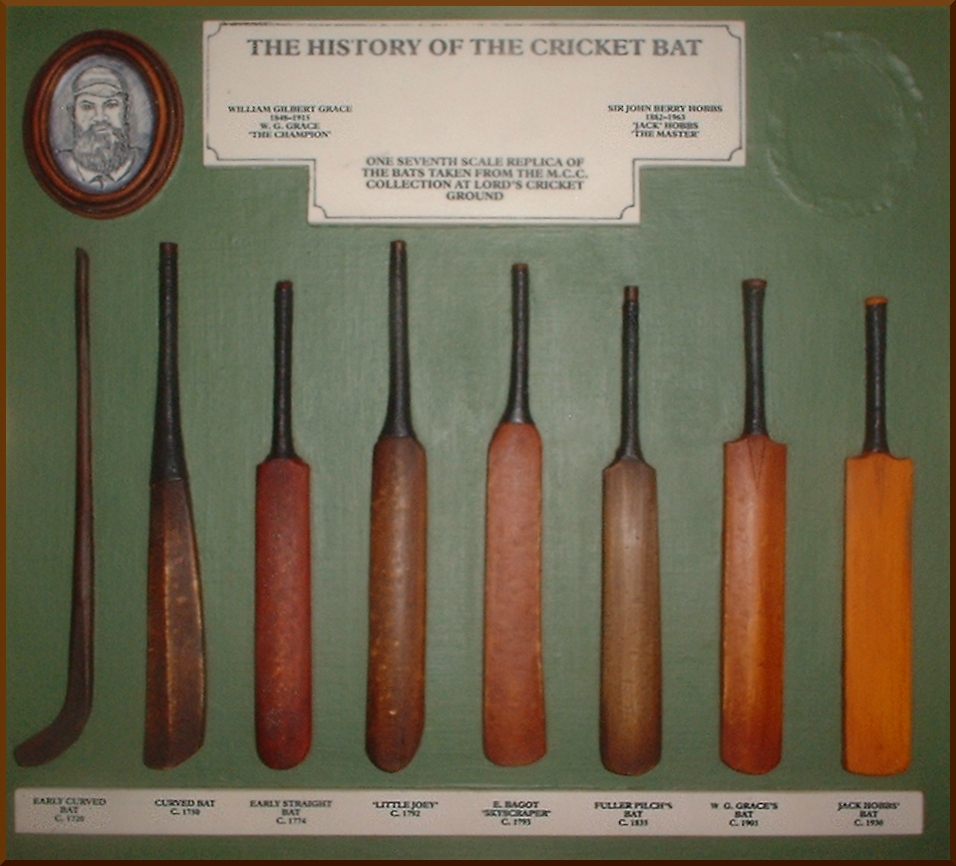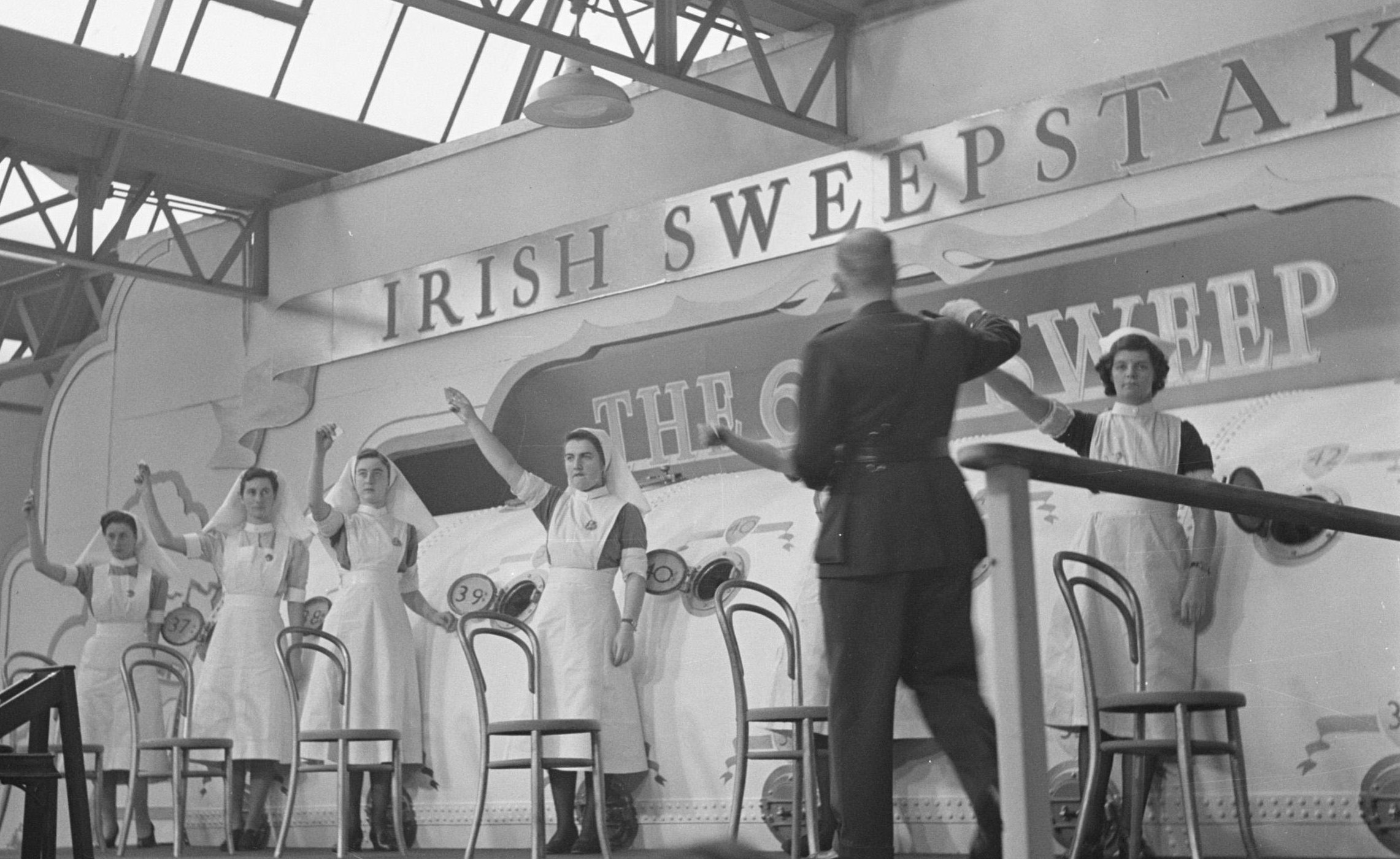|
Tom Brown's School Days
''Tom Brown's School Days'' (sometimes written ''Tom Brown's Schooldays'', also published under the titles ''Tom Brown at Rugby'', ''School Days at Rugby'', and ''Tom Brown's School Days at Rugby'') is a novel by Thomas Hughes, published in 1857. The story is set in the 1830s at Rugby School, an English public school. Hughes attended Rugby School from 1834 to 1842. The novel was originally published as being "by an Old Boy of Rugby", and much of it is based on the author's experiences. Tom Brown is largely based on the author's brother George Hughes. George Arthur, another of the book's main characters, is generally believed to be based on Arthur Penrhyn Stanley (Dean Stanley). The fictional Tom's life also resembles the author's, in that the culminating event of his school career was a cricket match. The novel also features Dr Thomas Arnold (1795–1842), who was the actual headmaster of Rugby School from 1828 to 1841. ''Tom Brown's School Days'' has been the source fo ... [...More Info...] [...Related Items...] OR: [Wikipedia] [Google] [Baidu] [Amazon] |
Thomas Hughes
Thomas Hughes (20 October 1822 – 22 March 1896) was an English lawyer, judge, politician and author. He is most famous for his novel ''Tom Brown's School Days'' (1857), a semi-autobiographical work set at Rugby School, which Hughes had attended. It had a lesser-known sequel, ''Tom Brown at Oxford'' (1861). Hughes had numerous other interests, in particular as a Member of Parliament, in the British co-operative movement, and in a settlement—Rugby, Tennessee, USA—reflecting his values. Early life Hughes was the second son of John Hughes (1790–1857), John Hughes, editor of the ''Boscobel Tracts'' (1830), and was born in Uffington, Oxfordshire, Uffington, Berkshire (now Oxfordshire). He had six brothers, and one sister, Jane Senior, who later became Britain's first female civil servant. At the age of eight he was sent to Twyford School, a preparatory public school near Winchester, where he remained until the age of eleven. In February 1834 he went to Rugby School, whic ... [...More Info...] [...Related Items...] OR: [Wikipedia] [Google] [Baidu] [Amazon] |
Victorian Era
In the history of the United Kingdom and the British Empire, the Victorian era was the reign of Queen Victoria, from 20 June 1837 until her death on 22 January 1901. Slightly different definitions are sometimes used. The era followed the Georgian era and preceded the Edwardian era, and its later half overlaps with the first part of the ''Belle Époque'' era of continental Europe. Various liberalising political reforms took place in the UK, including expanding the electoral franchise. The Great Famine (Ireland), Great Famine caused mass death in Ireland early in the period. The British Empire had relatively peaceful relations with the other great powers. It participated in various military conflicts mainly against minor powers. The British Empire expanded during this period and was the predominant power in the world. Victorian society valued a high standard of personal conduct across all sections of society. The Victorian morality, emphasis on morality gave impetus to soc ... [...More Info...] [...Related Items...] OR: [Wikipedia] [Google] [Baidu] [Amazon] |
The New York Times
''The New York Times'' (''NYT'') is an American daily newspaper based in New York City. ''The New York Times'' covers domestic, national, and international news, and publishes opinion pieces, investigative reports, and reviews. As one of the longest-running newspapers in the United States, the ''Times'' serves as one of the country's Newspaper of record, newspapers of record. , ''The New York Times'' had 9.13 million total and 8.83 million online subscribers, both by significant margins the List of newspapers in the United States, highest numbers for any newspaper in the United States; the total also included 296,330 print subscribers, making the ''Times'' the second-largest newspaper by print circulation in the United States, following ''The Wall Street Journal'', also based in New York City. ''The New York Times'' is published by the New York Times Company; since 1896, the company has been chaired by the Ochs-Sulzberger family, whose current chairman and the paper's publ ... [...More Info...] [...Related Items...] OR: [Wikipedia] [Google] [Baidu] [Amazon] |
Augustus Orlebar (cricketer)
''For the British military officer, see Augustus Orlebar.'' Augustus Orlebar (14 June 1824 – 30 September 1912) was an English first-class cricketer and clergyman. The son of Robert Charles Orlebar, he was born in June 1824 at Husborne Crawley, Bedfordshire. He was educated at Rugby School, where he is considered to have been a candidate for the basis of the character Tom Brown in Thomas Hughes' ''Tom Brown's School Days'', though Hughes' brother, George, seems a more plausible candidate. From Rugby, Orlebar went up to Wadham College, Oxford. While studying at Oxford, he made a single appearance in first-class cricket for Oxford University against the Marylebone Cricket Club at Oxford in 1845. Batting twice in the match, he was dismissed in the Oxford first innings for a single run by William Lillywhite, while in their second innings he was dismissed without scoring by the same bowler. After graduating from Oxford, Orlebar took holy orders in the Church of England. He ... [...More Info...] [...Related Items...] OR: [Wikipedia] [Google] [Baidu] [Amazon] |
Epilogue
An epilogue or epilog (from Greek ἐπίλογος ''epílogos'', "conclusion" from ἐπί ''epi'', "in addition" and λόγος ''logos'', "word") is a piece of writing at the end of a work of literature, usually used to bring closure to the work. It is presented from the perspective of within the story. When the author steps in and speaks directly to the reader, that is more properly considered an afterword. The opposite is a prologue—a piece of writing at the ''beginning'' of a work of literature or drama, usually used to open the story and capture interest. Some genres, for example television programs and video games, call the epilogue an "outro" patterned on the use of "intro" for "introduction". Epilogues are usually set in the future, after the main story is completed. Within some genres it can be used to hint at the next installment in a series of work. It is also used to satisfy the reader's curiosity and to cover any loose ends of the story. History of the term ... [...More Info...] [...Related Items...] OR: [Wikipedia] [Google] [Baidu] [Amazon] |
Cricket
Cricket is a Bat-and-ball games, bat-and-ball game played between two Sports team, teams of eleven players on a cricket field, field, at the centre of which is a cricket pitch, pitch with a wicket at each end, each comprising two Bail (cricket), bails (small sticks) balanced on three stump (cricket), stumps. Two players from the Batting (cricket), batting team, the striker and nonstriker, stand in front of either wicket holding Cricket bat, bats, while one player from the Fielding (cricket), fielding team, the bowler, Bowling (cricket), bowls the Cricket ball, ball toward the striker's wicket from the opposite end of the pitch. The striker's goal is to hit the bowled ball with the bat and then switch places with the nonstriker, with the batting team scoring one Run (cricket), run for each of these swaps. Runs are also scored when the ball reaches the Boundary (cricket), boundary of the field or when the ball is bowled Illegal delivery (cricket), illegally. The fielding tea ... [...More Info...] [...Related Items...] OR: [Wikipedia] [Google] [Baidu] [Amazon] |
Gentleman
''Gentleman'' (Old French: ''gentilz hom'', gentle + man; abbreviated ''gent.'') is a term for a chivalrous, courteous, or honorable man. Originally, ''gentleman'' was the lowest rank of the landed gentry of England, ranking below an esquire and above a yeoman; by definition, the rank of ''gentleman'' comprised the younger sons of the younger sons of peers, and the younger sons of a baronet, a knight, and an esquire, in perpetual succession. As such, the connotation of the term ''gentleman'' captures the common denominator of gentility (and often a coat of arms); a right shared by the peerage and the gentry, the constituent classes of the British nobility. Thus, the English social category of ''gentleman'' corresponds to the French ''gentilhomme'' (nobleman), which in Great Britain meant a member of the peerage of England. English historian Maurice Keen further clarifies this point, stating that, in this context, the social category of gentleman is "the nearest contempor ... [...More Info...] [...Related Items...] OR: [Wikipedia] [Google] [Baidu] [Amazon] |
Sweepstake
In the United States, a sweepstake is a type of contest where a prize or prizes may be awarded to a winner or winners. Sweepstakes began as a form of lottery that were tied to products sold. In response, the FCC and FTC refined U.S. broadcasting laws (creating the anti-lottery laws). Under these laws sweepstakes became strictly "No purchase necessary to enter or win" and "A purchase will not increase your chances of winning", especially since many sweepstakes companies skirted the law by stating only "no purchase necessary to enter", removing the consideration (one of the three legally required elements of gambling) to stop abuse of sweepstakes. Today, sweepstakes in the United States are used as marketing promotions to reward existing consumers and to draw attention to a product. By definition, the winner is determined by pure random chance rather than skill. Marketing Sweepstakes with large grand prizes tend to attract more entries regardless of the odds of winning. Theref ... [...More Info...] [...Related Items...] OR: [Wikipedia] [Google] [Baidu] [Amazon] |
Harry Flashman
Sir Harry Paget Flashman is a fictional character created by Thomas Hughes (1822–1896) in the semi-autobiographical '' Tom Brown's School Days'' (1857) and later developed by George MacDonald Fraser (1925–2008). Harry Flashman appears in a series of 12 of Fraser's books, collectively known as '' The Flashman Papers'', with covers illustrated by Arthur Barbosa and Gino D’Achille. Flashman was played by Malcolm McDowell in the Richard Lester 1975 film '' Royal Flash''. In ''Tom Brown's School Days'' (1857), Flashman is portrayed as a notorious Rugby School bully who persecutes Tom Brown and is finally expelled for drunkenness, at which point he simply disappears. Fraser decided to write the story of Flashman's later life, in which the school bully would be identified as an "illustrious Victorian soldier", experiencing many of the 19th-century wars and adventures of the British Empire and rising to high rank in the British Army, to be acclaimed as a great warrior, while ... [...More Info...] [...Related Items...] OR: [Wikipedia] [Google] [Baidu] [Amazon] |
School Bullying
School bullying, like bullying outside the school context, refers to one or more perpetrators who have greater physical strength or more social power than their victim and who repeatedly act aggressively toward their victim. Bullying can be verbal or physical. Bullying, with its ongoing character, is distinct from one-off types of peer conflict. Different types of school bullying include ongoing physical, emotional, and/or verbal aggression. Cyberbullying and sexual bullying are also types of bullying. Bullying even exists in higher education. There are warning signs that suggest that a child is being bullied, a child is acting as a bully, or a child has witnessed bullying at school. The cost of school violence is significant across many nations but there are educational leaders who have had success in reducing school bullying by implementing certain strategies. Some strategies used to reduce or prevent school bullying include educating the students about bullying, restricting o ... [...More Info...] [...Related Items...] OR: [Wikipedia] [Google] [Baidu] [Amazon] |
Nemesis (mythology)
In ancient Greek religion and myth, Nemesis (; ) also called Rhamnousia (or Rhamnusia; ), was the goddess who personified retribution for the sin of hubris: arrogance before the gods. Etymology The name ''Nemesis'' is derived from the Greek word , ''némein'', meaning "to give what is due", from Proto-Indo-European *''nem-'' "distribute". Family According to Hesiod's ''Theogony'', Nemesis was one of the children of Nyx alone. Nemesis has been described as the daughter of Oceanus, Erebus, or Zeus, but according to Hyginus she was a child of Erebus and Nyx. Some made her the daughter of Zeus by an unnamed mother. In several traditions, Nemesis was seen as the mother of Helen of Troy by Zeus, adopted and raised by Leda and Tyndareus. According to the Byzantine poet Tzetzes, Bacchylides had Nemesis as the mother of the Telchines by Tartarus. Mythology Fortune and retribution The word ''nemesis'' originally meant the distributor of fortune, neither good nor bad ... [...More Info...] [...Related Items...] OR: [Wikipedia] [Google] [Baidu] [Amazon] |
Harry "Scud" East
Harry "Scud" East is a fictional character in the book ''Tom Brown's School Days''. He is perhaps the closest friend of Tom Brown. His nickname is Scud because he is so quick on his feet. In the book he is referred to as East. In the 1940 Hollywood film, ''Tom Brown's School Days'', East is played by the child star Freddie Bartholomew. In the ITV adaption of ''Tom Brown's Schooldays'' starring Stephen Fry as Dr. Arnold and Alex Pettyfer as Tom Brown, Harry Michell portrays East. In the 1861 novel '' Tom Brown at Oxford'' – a direct sequel to ''Tom Brown's School Days'' – East has joined the Army and serves with the (fictional) 101st Regiment in the Second Anglo-Sikh War, where he is wounded. He later emigrates to New Zealand. East also appears in George MacDonald Fraser's ''Flashman'' series, being held captive in Russia alongside Flashman during the Crimean War in ''Flashman at the Charge ''Flashman at the Charge'' is a 1973 novel by George MacDonald Fraser. It is th ... [...More Info...] [...Related Items...] OR: [Wikipedia] [Google] [Baidu] [Amazon] |








